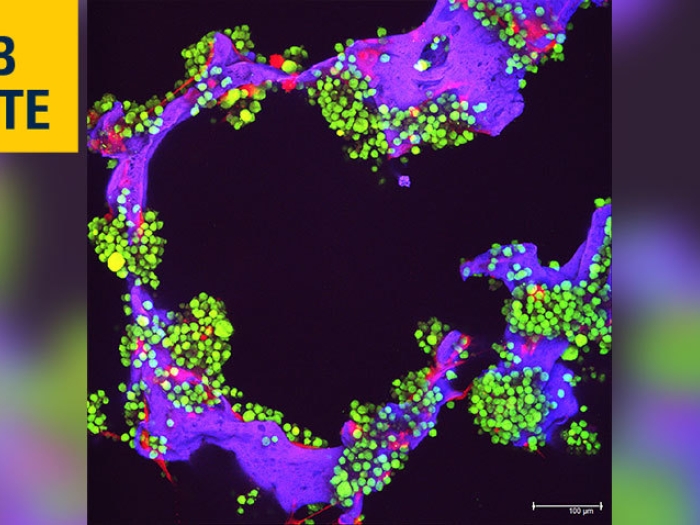Discovery paves the way for new drug targets.
12:04 PM
Author |

Forty percent of all approved drugs target cellular structures called G protein-coupled receptors (GPCRs). GPCRs sit in the membranes of cells and allow messages from the outside of the cell to trigger changes on the inside. GPCRs are the largest family of receptors in the human body, but one type, called adhesion GPCRs, has remained mysterious due to unique properties which make it difficult to study. A new study from U-M Medical School, Stanford School of Medicine, and the Weizmann Institute of Science in Israel, reveals long awaited evidence of the structure of adhesion GPCRs, building on research from 2015, which proposed how adhesion GPCRs are activated.
"Adhesion GPCRs are self-activated," said Gregory Tall, Ph.D. of the U-M Medical School Department of Pharmacology. His earlier work found that when a cell containing an adhesion GPCR is subjected to force, for example, a platelet bumping into the wall of a blood vessel, this receptor is pulled apart, revealing a protein ligand that is not normally exposed. That ligand then binds back on the receptor, activating it. In the new study, published in the journal Nature, using cryo-electron microscopy, the team were able to show, at atomic resolution, two adhesion receptors in its active state.
"We're seeing for the first time any tethered ligand activating a GPCR," says Tall. This knowledge, he says, opens the door for drug discovery for these receptors, which make up one-tenth of all GPCRs. "There are no drugs for any adhesion GPCRs yet," says Tall. "The next step is to use these structural poses as a basis for doing rational drug design."
Paper cited: "The tethered peptide activation mechanism of adhesion GPCRs," Nature. DOI: 10.1038/s41586-022-04575-7

Explore a variety of healthcare news & stories by visiting the Health Lab home page for more articles.

Department of Communication at Michigan Medicine
Want top health & research news weekly? Sign up for Health Lab’s newsletters today!





